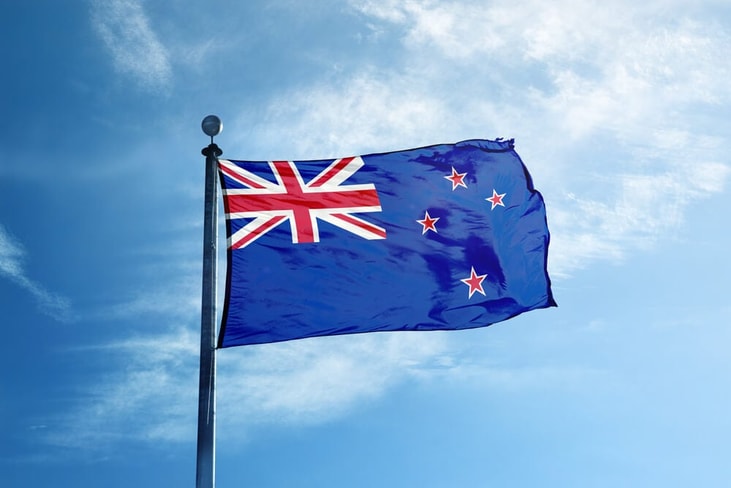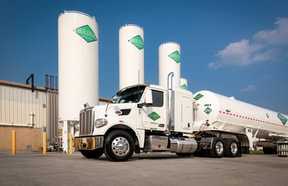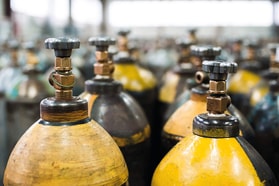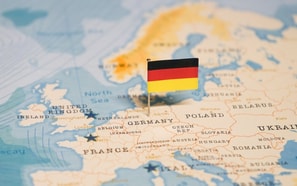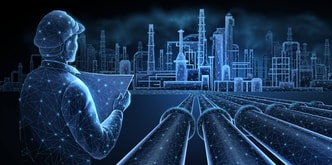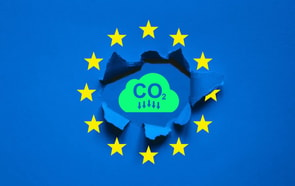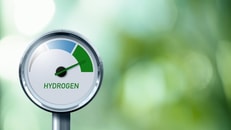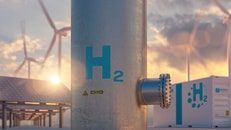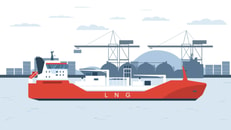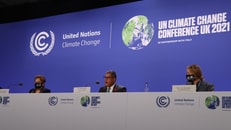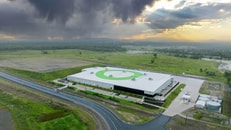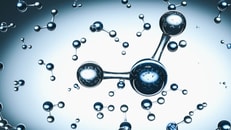Coregas backs New Zealand’s first green hydrogen fast refuelling station
The New Zealand arm of Australian industrial gases company Coregas has joined the Halcyon Green Hydrogen project which aims to launch the country’s first green hydrogen fast refuelling station.
Located on Coregas NZ’s Manukau site, the hydrogen refuelling station (HRS) will supply green hydrogen for heavy vehicles in an effort to decarbonise heavy-duty transport in the country.
The development follows Halcyon’s previous venture, which saw Tūaropaki Trust and Obayashi Corporation join forces to open NZ’s first green hydrogen production facility at the Mōkai geothermal power plant in 2021.
Backed up by low-carbon credential traceability, the plant uses electricity generated by Tūaropaki Power Company to produce 180 tonnes of green hydrogen per year.
... to continue reading you must be subscribed

